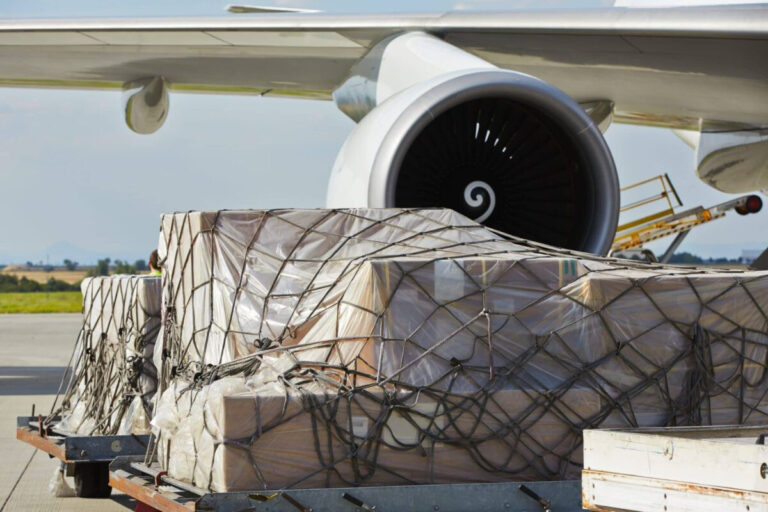
North Africa is an increasingly attractive market for the air freight industry, as it has shown prosperous growth during a year that was relatively stable. The data indicates that North Africa was only one of five sub -regions that achieved growth in the first six months of 2023, an increase of 21% on an annual basis.
The strength of the air freight market in North Africa came in contrast to the annual declines in the United States and Southeast Asia, by 19%, a 14% decrease in North Asia, and a 13% decrease in the Gulf region.
Starting from the Tunisian capital, the Tunisia shipping company rides this wave of growth despite the severe pressure in the market from international airlines and its partners.
Airlines in severe competition from Emirates Airlines and Qatar Airways to Others with aggressive sales force. Recently, the Ethiopian Airlines, in partnership with Poste Air Cargo, has opened new ways to connect Tunisia to more than 84 destinations in Africa, providing more capacity and solutions to Tunisian economic operators, “Montaser Al -Shanovi, founder and CEO of Africa Transport & Logistics Solutions. (ATLS), he said. growth.”
Read: It ends in the entire 2023 at -5 % on an annual basis
Power in diversity
While African air freight is increasingly witnessing intense competition, it offers a variety of opportunities in the shipping sector. The damageable options, such as fresh fish or car carrots that are transmitted to the main centers or oil and gas that are transported, is wide for goods.
Europe, of course, is a major market for export, due to its proximity to Tunisia, as exporters in North Africa are seen as part of the ecosystem in the region. France, Germany, Italy and Spain are the hot export markets of ATLS, while the inputs come mainly from the Asia and Pacific region. However, new markets are opened in African destinations.
Al -Shanoufi explained that “the matter depends on the global situation in the market,” highlighting the importance of preparing to adapt to an unpredictable environment at times. “We are well organized to be flexible and adapt to the last minute changes to meet the requirements of our partners and customers.”
The infrastructure problem in Africa
Despite the clear interest in the region and the capabilities it provides, Africa remains a difficult market in the air freight sector due to limited facilities in the region.
Tunisia, for example, has seven international airports, but only one major international airport is currently used for 95 % of the air freight traffic “Tunis Carthage Airport”, which limits the number of flights that can enter or get out of the center. Regional authorities have noticed the challenges surrounding this, and are looking to correct them by adding other facilities in the near future.
Al -Shanoufi stressed that “the government plans in the coming years to create a new free logistical area close to airports and ports, ensuring the country’s readiness to work as a center.” “In the next five years, Tunisia will be the gateway to Africa.”
Read: Air freight faces in 2024 difficult
Multimedia movements
With the risk of instability and challenges surrounding the infrastructure, multimedia transport has become a decisive element in operations. In North Africa, a new road will be established that will cross the local countries to sub -Saharan countries, creating opportunities to connect the sea, land and air.
“We still have a lot of work to do,” Al -Shanoufi said. “There are not much integrated connections, so this is one of the things we work together to raise, and link new solutions.”


